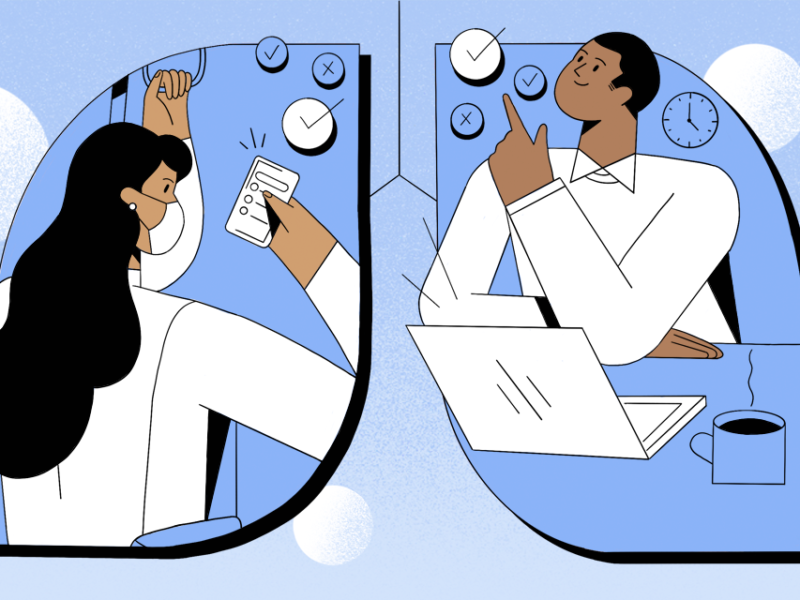As the lights dimmed, the sound of African drums filled the room. The audience was faced with the image of people fetching what appeared to be dirty, muddied water from shallow ponds.
This peaceful introduction was in stark contrast to what followed: the image of a thin, long, white worm being slowly pulled from inside the foot of a small, shrieking child.
Last Thursday, Sept 29, students, faculty and community members gathered at Boston University School of Public Health to watch Foul Water, Fiery Serpent, a Cielo Productions, Inc. film covering the anticipated eradication of dracunculiasis, or guinea worm disease. The screening was followed by a panel which included Dr. Donald Hopkins, the Vice President of Health Programs at The Carter Center, Doug Tuttle, a recently returned technical advisor for The Carter Center’s guinea worm eradication campaign and Gary Strieker, founder of Cielo Productions, Inc. and executive editor of Global Health Frontline News.
Guinea worm disease is a neglected tropical disease that has been plaguing populations for centuries. In fact, a calcified male guinea worm was found inside a mummy dating back to the New Kingdom of Ancient Egypt (between the sixteenth and eleventh centuries BC). European travelers from the seventeenth century provide reports of the disease from Asia to West Africa. By 1991, 20 countries (mostly in Africa), reported cases of guinea worm and by 2007 only five countries reported cases.
Guinea worm disease is caused by a parasitic roundworm, Dracunculus medinensis. A full-grown adult female can measure up to two meters in length and 600 to 800 millimeters in diameter.
The life cycle of guinea worm depends on human beings and Cyclops, or water fleas. To become infected, a person must ingest Dracunculus medinensis larvae, which are found inside microscopic water fleas in stagnant water. When a person drinks water contaminated with water fleas, his stomach acid will destroy the fleas, but will have no affect on the guinea worm larvae. The larvae roam inside the human host. Eventually, a male and female worm will mate. The male dies quickly, but the female continues to grow. The human host will show no signs of sickness until 10 to 14 months after infection.
When the female worm is full-grown, the human host experiences a painful burning sensation where the worm is located, blistering and potentially fever, nausea and vomiting. The burning sensation drives people to submerge the infected part of the body in water. In addition to the temporary pain relief, the water sends a signal to the female worm, alerting her to release thousands of larvae into the water, which are then eaten by water fleas, causing the cycle to start again.
Nigerians call the worm “the silent magistrate.” Guinea worm season (the season when the worm emerges from the human host) coincides with the harvest season in Nigeria. As this time of year approaches, people wonder if they have worms, when the pain will start, where the worm will surface and how many weeks they will be prevented from working. As panelists explained prior to the screening, guinea worm can leave people incapacitated for one to three months, due to severe pain and lengthy extraction processes, which affects school absenteeism and economic output.
The film followed various technical advisors in their day-to-day work for The Carter Center, a non-governmental organization founded in 1982 by President Jimmy Carter and wife Rosalynn Carter, which works to foster peace and better health worldwide. The Carter Center began its guinea worm eradication program in 1986, when there were approximately 3.5 million annual cases of the disease found in 21 different countries. In 2010, 1,797 cases of guinea worm were reported, and according to the WHO, in 2011, there have been 969 cases, largely from South Sudan (944).
The film cited insecurity in southern Sudan as the greatest obstacle to eradication, explaining that without a stable infrastructure, there is no way to effectively report and monitor the infections or to communicate to all of those infected that under no circumstances should they go into a communal water source. The Carter Center reinforces this, stating that political will is needed “at all levels” to completely eradicate the disease.
Guinea worm disease cannot be treated. There is no medication or vaccination to prevent infection. But prevention is possible. By purifying water sources and stopping infected people from contaminating clean water, we can stop the spread of the disease.
The worm needs two species to survive: water fleas and humans. In 1990, the Carter Center started using ABABTE®, a non-toxic larvicide, to rid water of fleas. The Carter Center also distributes nylon materials and pipe filters to clean drinking water.
The guinea worm eradication campaign truly underscores the need for effective disease surveillance. It takes only one unreported infected person seeking refuge in a pond of water to cause an eruption of cases in a given area. There is a terrible price to pay; if one person contaminates a water source, the community might not know for an entire year. At that point, many people may be infected.
Guinea worm will be the second human disease, after smallpox, to ever be eradicated. It will be the first parasitic disease to be eradicated and the only disease eradicated without the use of a vaccine. The campaign relies on effective surveillance, educating communities, water filtration and political will for its success.
